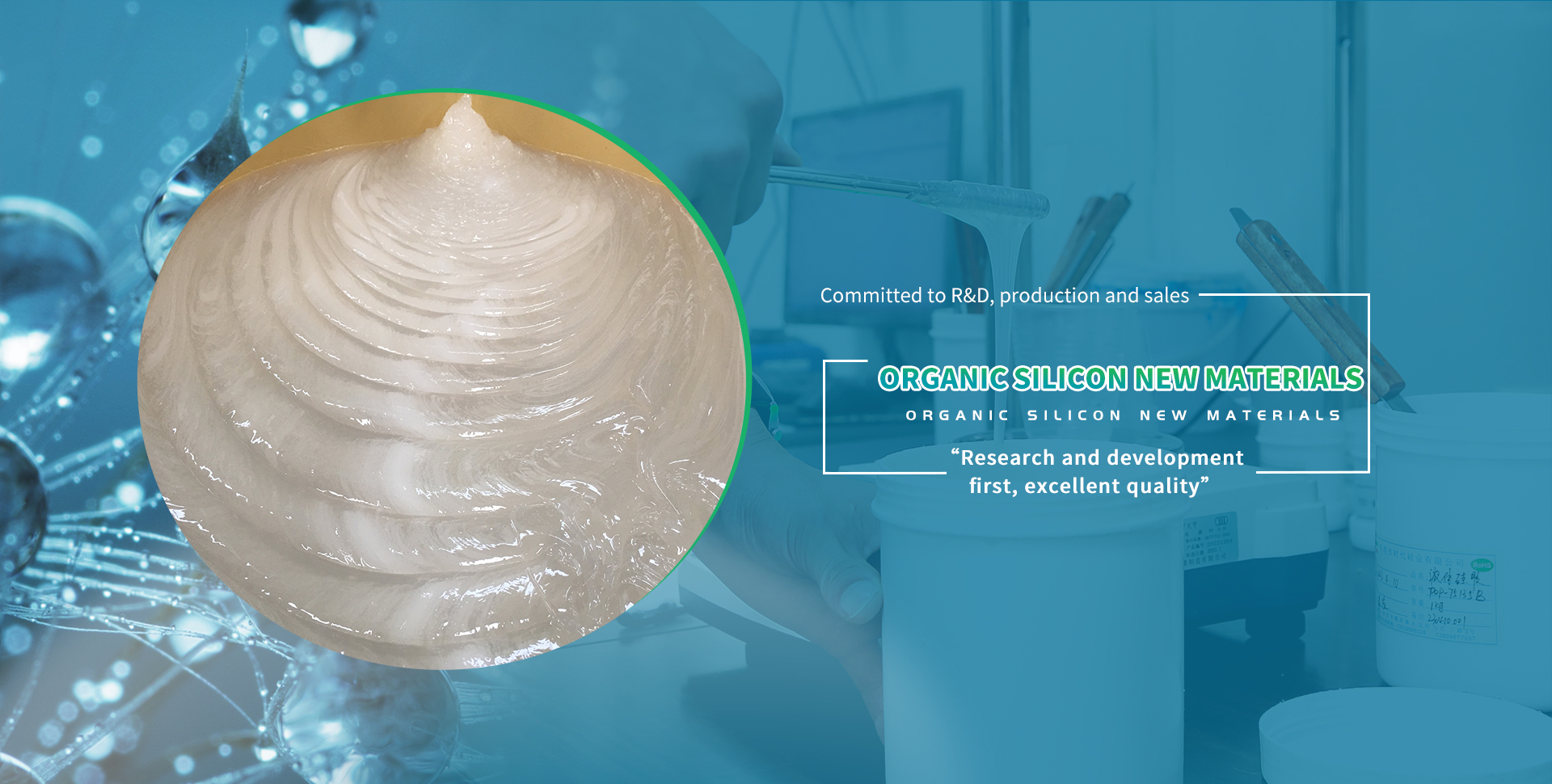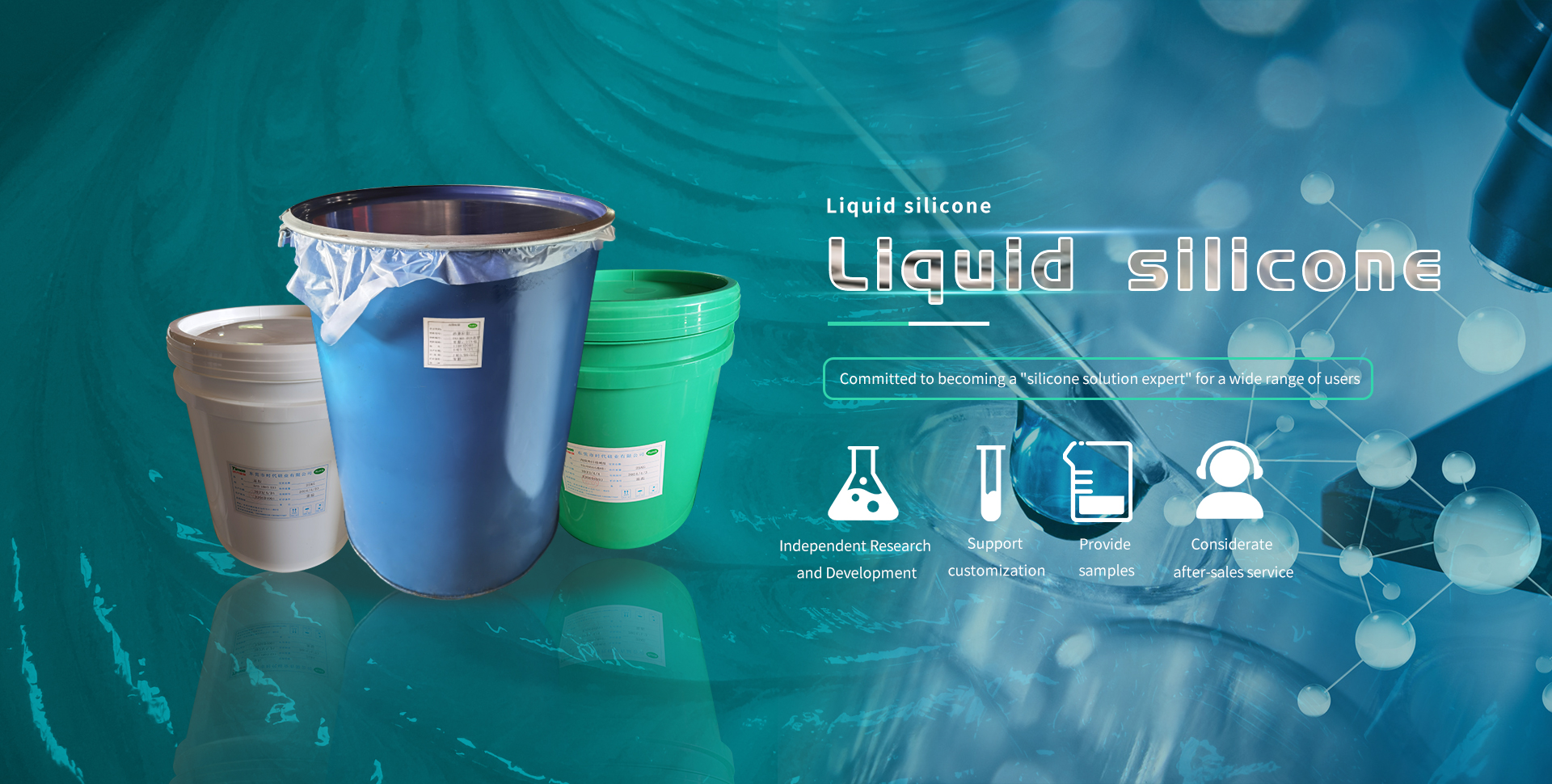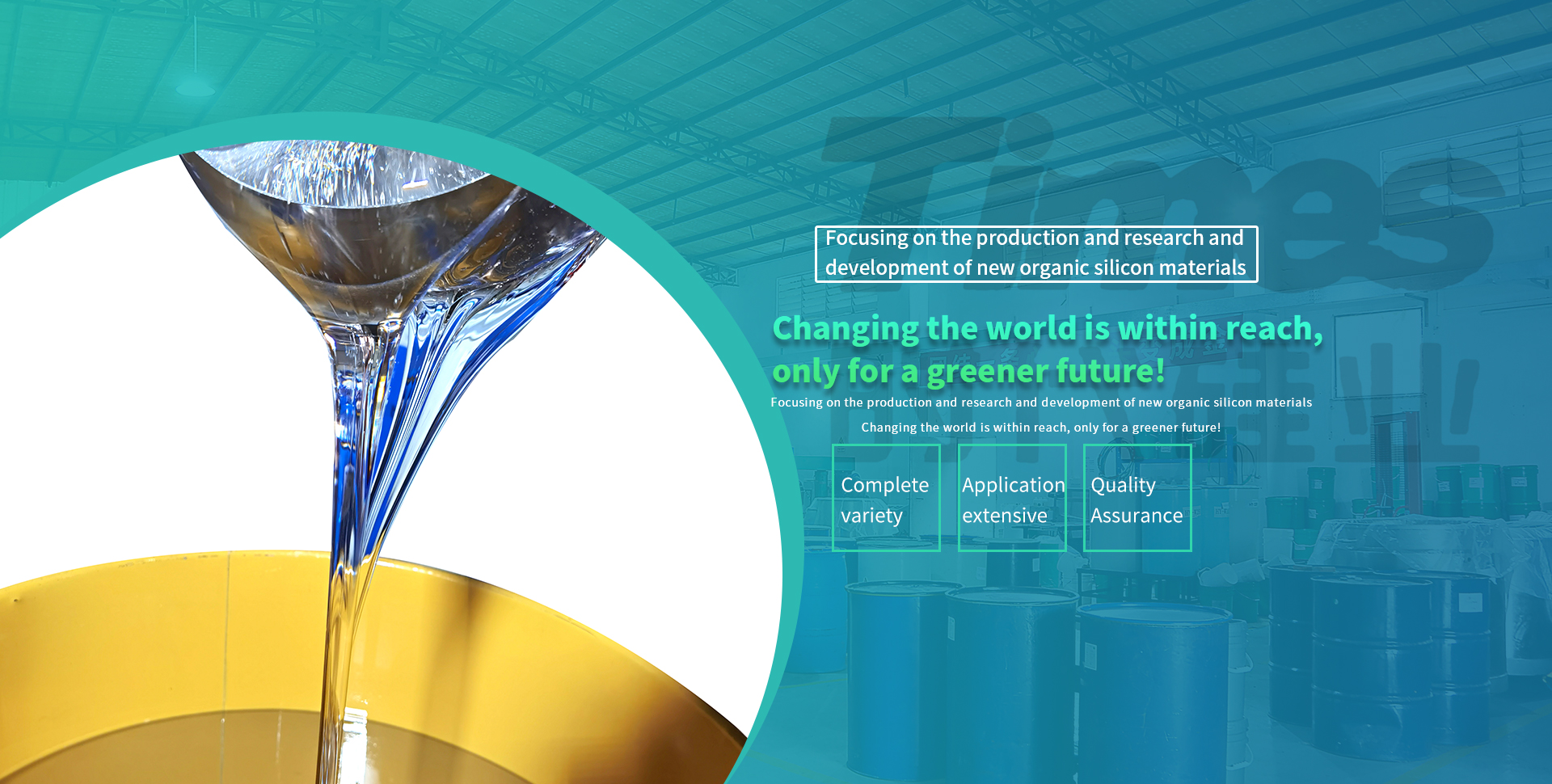A: Additive silicone rubber is the most active product series in the development of organic silicone materials in recent years. Compared with other silicone rubbers, it has the following advantages: no by-products are generated during the vulcanization process, low shrinkage rate, deep solidification ability, no corrosion to materials in contact, safe and environmentally friendly production process, short molding cycle, high automation, good strength of finished products, transparency, odorlessness, and easy to reach food grade, medical grade, etc. Therefore, addition molded silicone rubber is increasingly widely used in fields such as healthcare, food, electronics, packaging, and intelligent wearable devices. Addition silicone rubber is an organic silicone elastomer that crosslinks vinyl containing polymers (such as vinyl raw rubber, vinyl silicone oil, vinyl silicone resin, etc.) and hydrogen containing polymers (such as hydrogen containing silicone oil, hydrogen containing silicone resin, etc.) to form a network structure through hydrosilylation Addition reaction reaction; In this process, catalysts must be added to enable the hydrosilylation Addition reaction reaction to proceed. The most widely used, efficient, and cost-effective catalyst is platinum catalyst (commonly known as platinum water). Traditional platinum catalysts can be divided into the following categories: 1 Solvent type Speier catalyst: isopropanol, ethanol and other solutions of Chloroplatinic acid; This catalyst is simple, fast, and easy to use; However, the disadvantages are low catalytic efficiency, yellow color, and easy oxidation. Therefore, it is only applicable to a few special products and industries. 2 Custer PT5000-TMDVDS600 (Karstedt's) catalyst: complex of Chloroplatinic acid and vinyl double head; This catalyst has high reaction activity, light color, good storage stability, and good compatibility with organic silicon products. Therefore, it has been widely used in industry. 3. Delayed platinum Ashby's catalyst PT5000-VMC1000: complex of Chloroplatinic acid and vinyl ring; This catalyst has high reaction activity and good yellowing resistance; Excellent storage stability performance. Widely used in products and industries with high requirements for appearance. 4. The first domestic microcapsule coated platinum platinum catalyst PT5000D/PT2500D (Microencapsulation) Background technology and application fields of microencapsulated platinum catalysts: In the field of silicone rubber, the main curing and crosslinking methods include peroxide crosslinking, UV curing, addition crosslinking, and condensation crosslinking. Among them, peroxide crosslinking is mainly suitable for high-temperature adhesive systems; The UV curing method requires specialized equipment, which can cure quickly, but the equipment is expensive and may have some negative effects on health; Condensation crosslinking releases small molecules during the curing process, which takes too long to fully cure and is not suitable for high-precision application scenarios. The addition crosslinking method has low curing requirements due to the absence of by-products, and can be cured and crosslinked at room temperature, making it widely used. However, it has the problem of difficult to control the curing process. In order to control the curing process, traditional addition molded silicone rubber usually separates the crosslinking agent and catalyst in application, and then mixes them together for crosslinking during use, which is not only inconvenient to use but also complicated to operate. The existing additive silicone rubber controls the curing process by adding one or more inhibitors on top of crosslinking agents and catalysts. Among them, inhibitors
search
What is a platinum catalyst?
source:Dongguan Shidai Silicon Industry Co., Ltd time:2023-04-26 08:51:40
Dongguan Shidai Silicon Industry Co., Ltd 粤ICP备2023066018号





